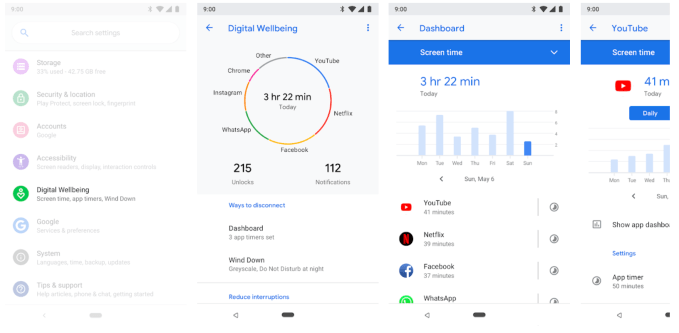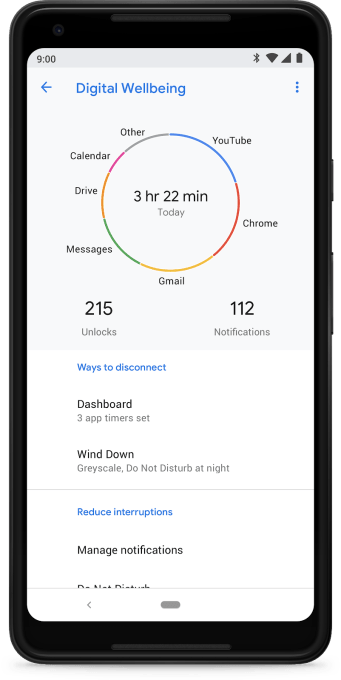About 20 years ago, a medical device startup called Intuitive Surgical debuted the da Vinci robot and changed surgical practices in operating rooms across the United States.
The da Vinci ushered in the first age of robotic-assisted surgical procedures with a promise of greater accuracy and quicker recovery times for patients undergoing certain laparoscopic surgeries.
For a time, it was largely alone in the market. It has skyrocketed in value since 2000, when the stock first debuted on public markets. From the $46 million that the company initially raised in its public offering to now, with a market capitalization of nearly $63 billion, Intuitive has been at the forefront of robotic-assisted surgeries, but now a new crop of startups is emerging to challenge the company’s dominance.
Backed by hundreds of millions in venture capital dollars, new businesses are coming to refashion operating rooms again — this time using new visualization and display technologies like virtual and augmented reality, and a new class of operating robots. Their vision is to drive down the cost and improve the quality of surgical procedures through automation and robotic equipment.
“There were 900,000 surgeries done using surgical robotics out of a total of 313 million surgical procedures,” globally, says Dror Berman, a managing director of Innovation Endeavors.
Berman is an investor in Vicarious Surgical, a new robotics company that plans to not only improve the cost and efficiency of surgical procedures, but enable them to be performed remotely so the best surgeons can be found to perform operations no matter where in the world they are.
“Robotics and automation present multiple opportunities to improve current processes, from providing scientists the opportunity to vastly increase experimental throughput, to allowing people with disabilities to regain use of their limbs,” Berman wrote in a blog post announcing his firm’s initial investment in Vicarious.
The $3.4 billion acquisition of Auris Health by Johnson & Johnson shows just how lucrative the market for new surgical robotics can be.
That company, founded by one of the progenitors of the surgical robotics industry, Fred Moll, is the first to offer serious competition to Intuitive Surgical’s technological advantage — no wonder, considering Dr. Moll also founded Intuitive Surgical.
Last year, the company unveiled its Monarch platform, which takes an endoscopic approach to surgical procedures that is less invasive and more accurate to test for — and treat — lung cancer.
“A CT scan shows a mass or a lesion,” Dr. Moll said in an interview at the time. “It doesn’t tell you what it is. Then you have to get a piece of lung, and if it’s a small lesion. It isn’t that easy — it can be quite a traumatic procedure. So you’d like to do it in a very systematic and minimally invasive fashion. Currently it’s difficult with manual techniques and 40 percent of the time, there is no diagnosis. This is has been a problem for many years and [inhibits] the ability of a clinician to diagnose and treat early-stage cancer.”
Monarch uses an endoscopy procedure to insert a flexible robot into hard-to-reach places inside the human body. Doctors trained on the system use video game-style controllers to navigate inside, with help from 3D models.


 For example, Facebook last year
For example, Facebook last year